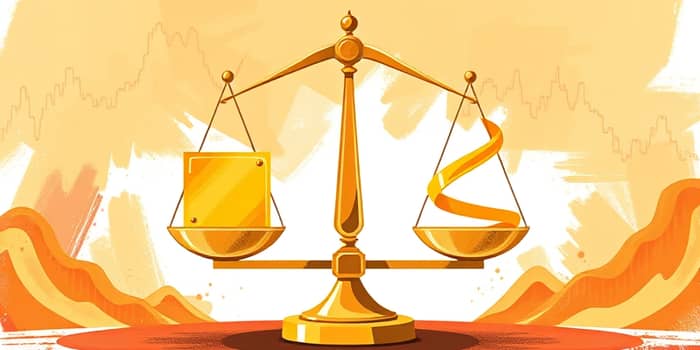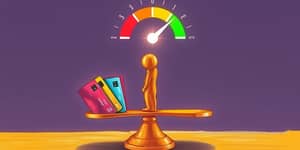
Choosing the right loan structure can feel like walking a tightrope between security and opportunity.
Whether you are eyeing a new home, financing education, or expanding a small business, understanding the nuances of fixed and variable rates is essential for crafting a resilient financial plan.
A fixed rate loan features an interest rate that remains constant over the entire loan term. From origination to maturity, your monthly principal and interest payments never change, offering a predictable structure that simplifies budgeting.
In contrast, a variable rate loan ties its interest rate to an external benchmark—such as the federal funds rate, prime rate, or LIBOR. As market conditions shift, your rate, and consequently your monthly payment, can rise or fall according to the terms set by your lender.
Fixed rates are established at the time of loan origination, based on prevailing market conditions and your credit profile. Once set, they lock in for the agreed repayment period, ensuring no surprises.
Variable rates adjust at predefined intervals—often annually or semi-annually—based on movements in a selected index. In most cases, lenders include caps that limit how much the rate can increase at each adjustment and over the life of the loan.
When weighing fixed against variable, the decision often comes down to how much risk you can tolerate and how long you plan to hold the debt.
No single loan type fits all situations. Before committing, evaluate:
Consider a 30-year, $200,000 mortgage at a fixed 5.00% interest rate. Your payment for principal and interest stays at $1,074 for all 360 months. Even if market rates jump to 6.00%, your payment remains unchanged.
Alternatively, a variable-rate mortgage might start at 4.25% for the first five years with a 5/1 ARM. After the fixed period, it adjusts annually, meaning if the benchmark rate climbs by 1%, your payment could rise by nearly $150 per month.
For personal loans, APR ranges typically span from 8% to 36%, reflecting both borrower profile and loan structure. Variable-rate personal loans might offer a teaser rate as low as 5%, only to reset higher after six months.
Fixed-rate loans are ideal for borrowers who value peace of mind and consistent payments. If you have a tight budget, a fixed salary, or plan to hold your loan for decades—such as with most mortgages—locking in a rate can prevent payment shock.
Variable-rate loans suit those with shorter time horizons or greater risk tolerance. If you anticipate moving, paying off debt quickly, or expect market rates to fall, you could benefit from an initial lower rate and potential savings over the life of the loan.
Variable loans often come in standard ARM formats and adjustment rules:
Many borrowers overlook additional costs. Fixed-rate mortgages cover only principal and interest; escrowed taxes and insurance may still fluctuate.
Some lenders offer convertible mortgages that allow switching from variable to fixed under specific conditions. While less common, these products can offer a hybrid path to stability.
Regulatory rules, such as those governing qualified mortgages, require lenders to verify your ability to repay, regardless of loan type. VA and FHA programs may provide unique rate structures and caps to protect homeowners.
Examining historical rate trends can reveal periods when fixed rates were historically low or when variable rates offered substantial savings. However, past performance does not guarantee future results.
Credit scores play a crucial role. Borrowers with scores above 740 often secure the most attractive fixed and variable rates. If your score is lower, lenders may price in higher spreads, especially on variable products.
Ultimately, choosing between fixed and variable rates is a personal decision that blends market insight, financial circumstances, and emotional comfort with risk.
Fixed loans deliver long-term cost certainty and can shield you from unexpected market shifts, making them a cornerstone of conservative financial planning.
Variable loans offer the potential for savings in favorable rate environments and can provide agility for borrowers with evolving strategies.
The key is to align your choice with your goals, budget flexibility, and willingness to navigate future rate movements.
By carefully evaluating the pros, cons, and underlying factors, you can select the loan type that best supports your journey toward financial stability and growth.
References













